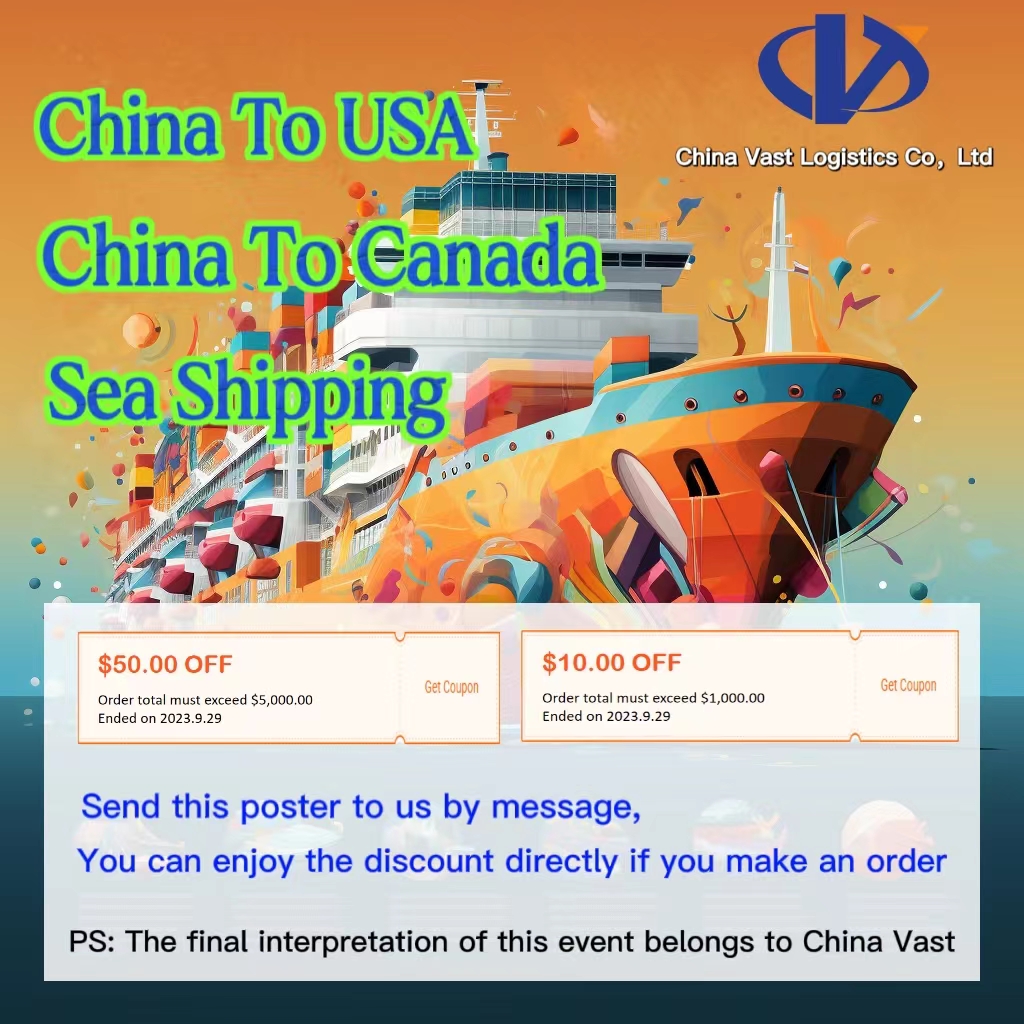In international trade, the consignee listed on a Bill of Lading (B/L) represents the actual recipient of the goods — the party entitled to take delivery at the destination port.
The contract party, however, refers to the buyer who signs the sales contract with the exporter.
So, must the consignee always be the same as the contract party?
👉 The answer is no.
🔁 When the Consignee Differs from the Contract Party
In many export transactions, the contracting buyer requests that the goods be shipped directly to their downstream customer or an affiliated company.
In such cases, the consignee shown on the B/L is designated by the buyer, and therefore differs from the contract party (the buyer themselves).
This arrangement is common in triangular trade (also called three-party trade), where the contract party acts as an intermediary — earning a profit margin between buying and selling.
Typically, the middle trader collects payment from the end buyer before settling the payment with the exporter.
📦 “To Order” and Transferable Bills of Lading
Sometimes, the B/L shows the consignee as “To Order” or “To Order of [Name]”.
This indicates a transferable Bill of Lading — meaning ownership of goods can be transferred by endorsement.
In such cases, the contract party (often an intermediary) deliberately uses a “To Order” consignee to conceal the identity of the true importer.
The holder of the endorsed B/L can claim the cargo at the destination port, while the middle trader simply performs a re-export or transit trade role.
🧭 Summary
The consignee is the cargo receiver, not necessarily the contracting buyer.
In triangular or re-export trade, these parties are often different.
A “To Order” B/L allows flexible transfer of ownership, enabling intermediaries to operate confidentially and efficiently.

